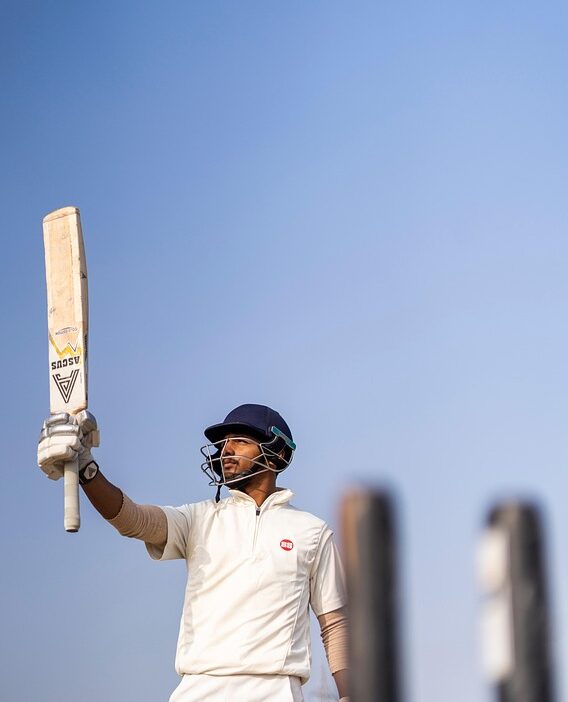In the world of sports, particularly in football (soccer), the journey from the dusty fields of local pitches to the grand stadiums where legends are made is often an inspiring tale of hard work, perseverance, and community spirit. Grassroots leagues play a pivotal role in this journey, providing the foundation upon which future stars are built. This article explores how local leagues are shaping the next generation of athletic talent.
The Foundation of Talent
Grassroots leagues serve as the first touchpoint for young athletes, offering not just a platform for competition but also the crucial elements of skill development, teamwork, and discipline. In these local settings, aspiring players can hone their abilities in an environment that emphasizes growth over immediate success. Coaches often volunteer their time, motivated by a passion for the game and a desire to develop the community’s youth.
Community Engagement and Support
One of the defining features of grassroots leagues is their strong community connection. Local parents, businesses, and schools rally behind their teams, creating a supportive ecosystem that fosters talent. This community support can manifest in various forms, from sponsorships that enable clubs to purchase equipment and uniforms to volunteer hours contributed by parents and alumni.
Moreover, successful leagues often spearhead initiatives to ensure inclusivity, providing opportunities for children from diverse backgrounds to participate. These efforts not only help break down financial barriers but also nurture an environment where young athletes can learn from one another, fostering respect and camaraderie.
Developing Skills Beyond the Pitch
Beyond physical skills, grassroots leagues emphasize the importance of developing well-rounded individuals. Coaches often incorporate life lessons into training sessions, emphasizing values such as teamwork, respect, and perseverance. This holistic approach prepares young athletes not just for competition but for life’s challenges.
Additionally, local leagues often collaborate with educational institutions to reinforce the importance of academics. Many clubs have programs in place that highlight the balance required between sports and education, encouraging athletes to excel both on and off the field.
Pathway to Professional Opportunities
Historically, many professional players attribute their success to the lessons learned in local leagues. There are numerous stories of stars who began their journeys playing in small-town leagues before being scouted by larger teams. According to studies, a significant percentage of professional athletes come from grassroots backgrounds, highlighting the critical role these leagues play in talent identification.
In recent years, professional clubs have increasingly recognized the importance of grassroots development. Many have established feeder systems, where local clubs serve as scouting grounds for upcoming talent. This relationship not only benefits the clubs by providing them with fresh talent but also offers aspiring athletes a clear pathway to professional opportunities.
The Role of Technology
The advancement of technology has also played a role in shaping grassroots leagues. With the rise of analytics, social media, and online coaching tools, young athletes have access to resources that were once limited to elite programs. Apps for video analysis, training drills, and even communication platforms have transformed how coaches and players interact, allowing for more effective skill development and strategy refinement.
Moreover, live-streaming games and highlights on social media platforms have amplified the visibility of local leagues, helping players gain recognition. This exposure can be invaluable, especially for talented athletes who might otherwise go unnoticed in less populated areas.
Challenges Ahead
While grassroots leagues continue to thrive, they also face numerous challenges. Limited funding, the pressure to win at young ages, and competition from elite academies can strain local programs. Moreover, maintaining inclusivity and accessibility in sports remains an ongoing battle that leagues must actively address.
Conclusion
The journey from grassroots to professional leagues is not merely a tale of athletic prowess; it’s a narrative of community, opportunity, and growth. By investing in local leagues, we are investing in the future of sports, nurturing the next generation of athletes who will not only entertain us but embody the ideals of teamwork, dedication, and resilience.
As we celebrate the stars of tomorrow, it is imperative to remember the grassroots foundations from which they rise. By championing these local leagues, we contribute to a vibrant sporting culture that empowers youth and helps them reach the highest echelons of their chosen sport.



